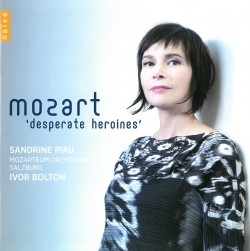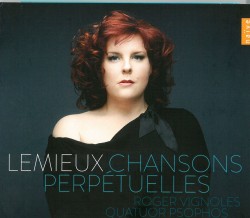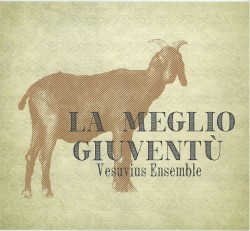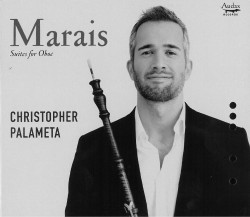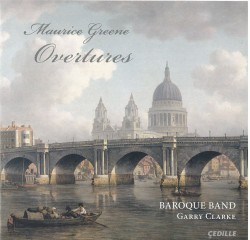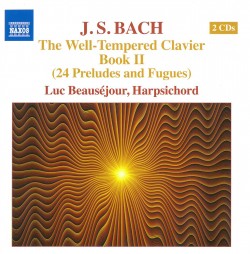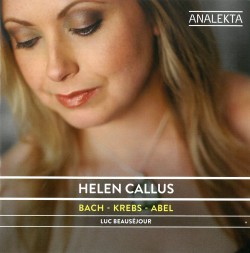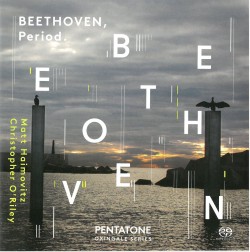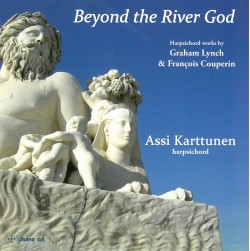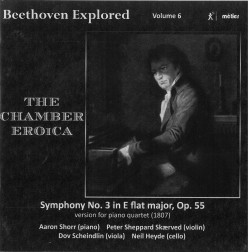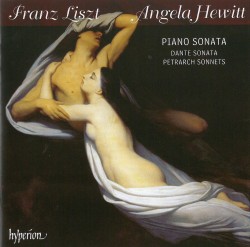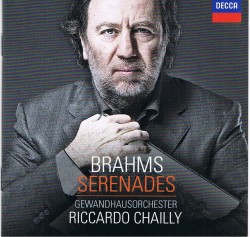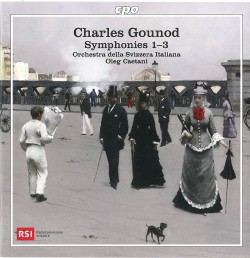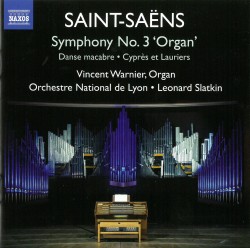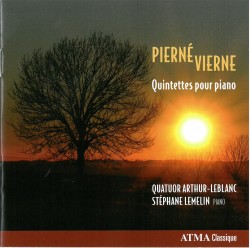Bach – Cantatas Vol.1 (182; 81; 129) - J.S. Bach-Stiftung; Rudolf Lutz
Bach – Cantatas Vol.1 (182; 81; 129)
J.S. Bach-Stiftung; Rudolf Lutz
Bach-Stiftung A909
The J.S. Bach-Stiftung, a Swiss enterprise, is committed to performing all of J.S. Bach’s vocal music. Many of these performances (we are not told how many) will also find their way to CDs. This is the first installment; recorded in 2007 and 2008 and published in 2011 but only now released in North America (the project has now reached volume 12). It contains recordings of three cantatas: the early Himmelskönig, sei willkommen (BWV182), written for Weimar in 1714, and two cantatas which belong to Bach’s first Leipzig cycle: Jesus schläft, was soll ich hoffen? (BWV81) and Gelobet sei der Herr, mein Gott (BWV129).
The conductor, Rudolf Lutz, uses a small chamber orchestra and a small chamber choir. The size is in between the strictly one-to-a-part approach of Joshua Rifkin and the slightly larger ensembles employed by conductors like John Eliot Gardiner or Philippe Herreweghe. The singing is strong (I especially liked Claude Eichenberger, one of the alto soloists) but the real glory of the performances is in the instrumental work. There is a wonderful duet between violin (Renate Steinmann) and recorder (Armelle Plantier) at the opening of the first cantata and an equally fine oboe d’amore obbligato part (Esther Fluor) in the alto aria of the final work.
Of the three cantatas on this disc only the second is at all well known (it is described in great detail in John Eliot Gardiner’s recent biography). I was glad to make the acquaintance of the other two.


